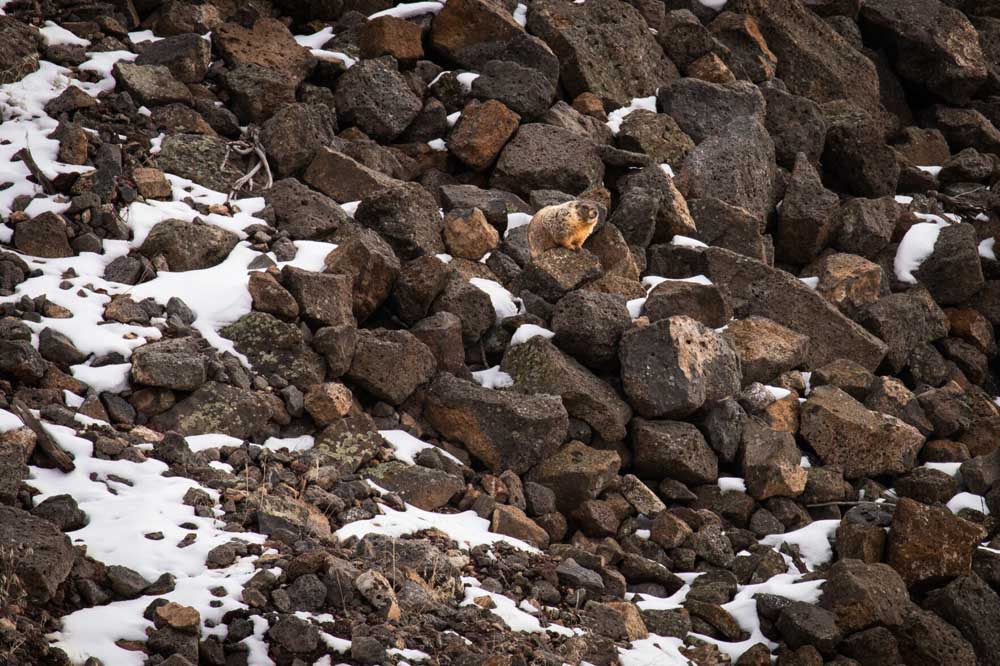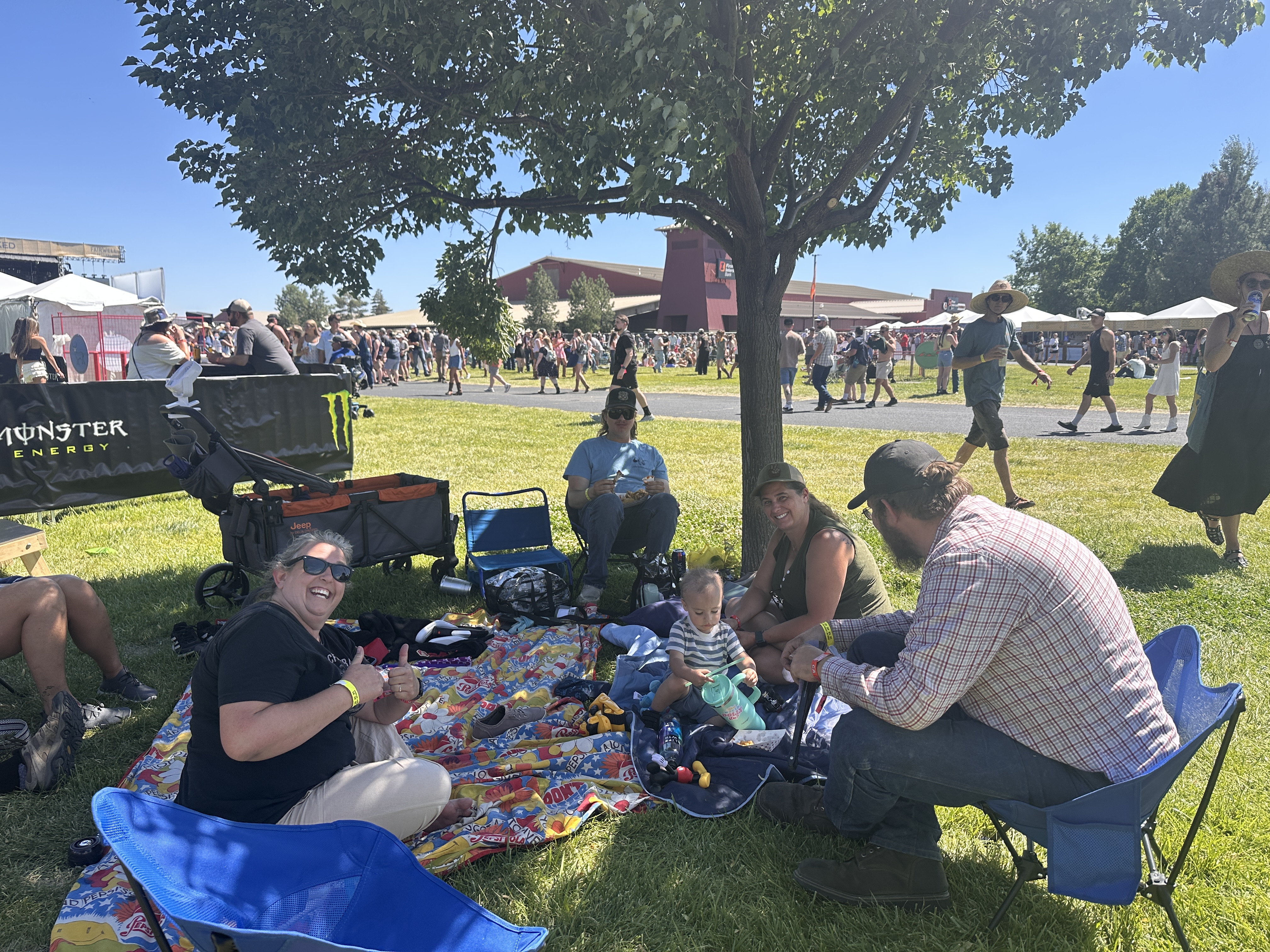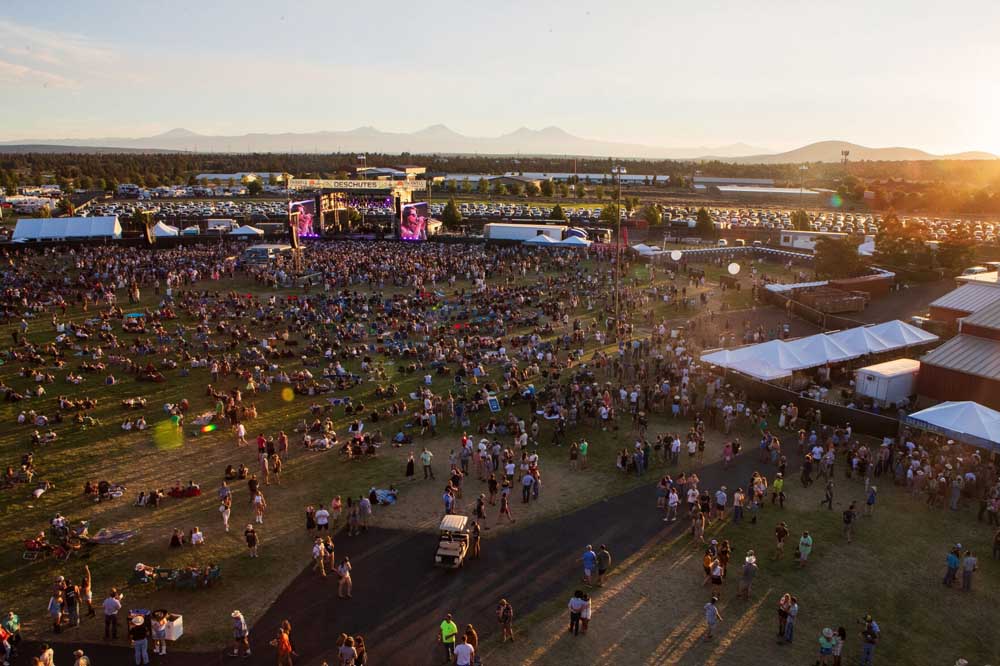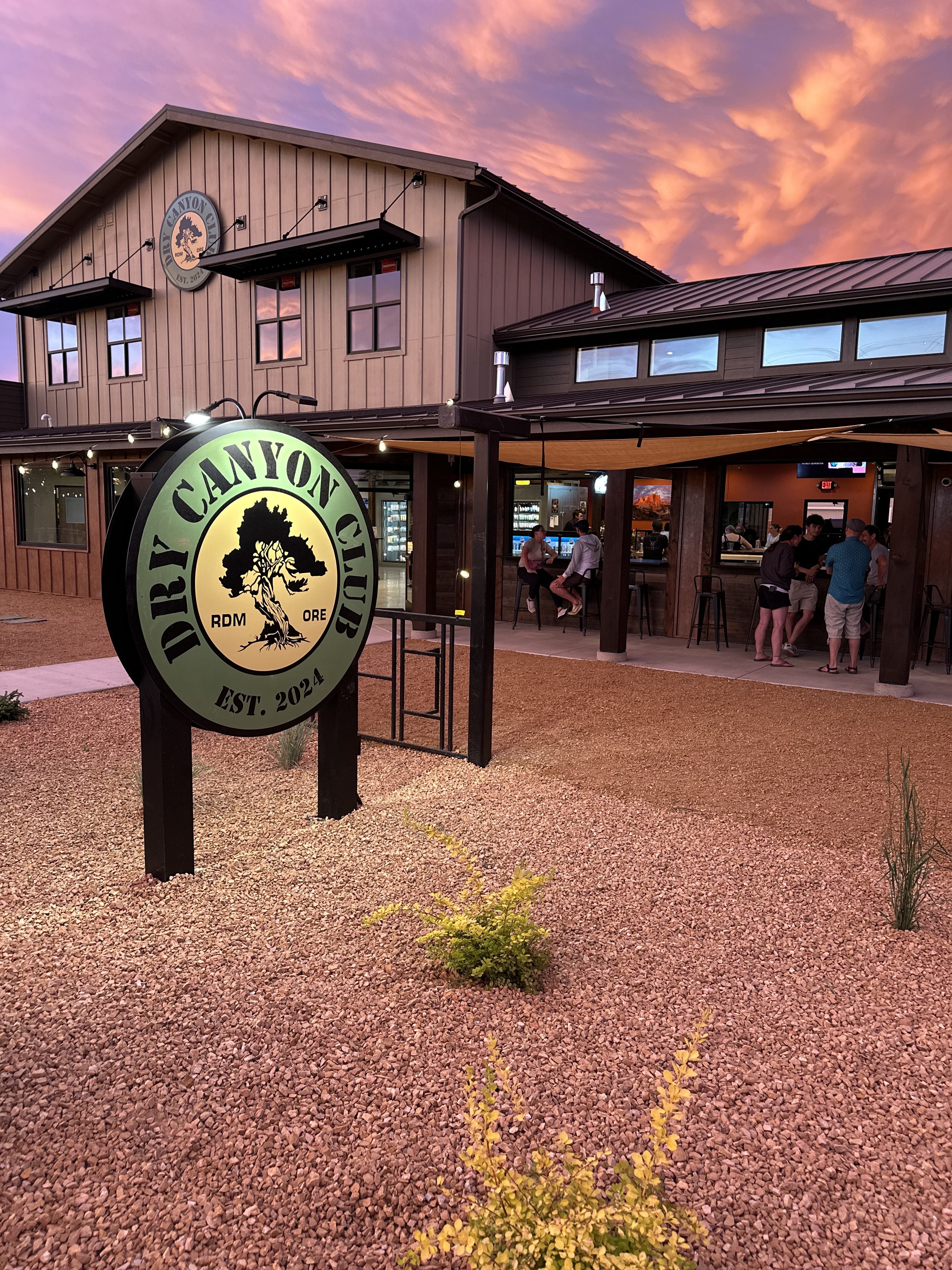Column: Canaries, foxes and Dry Canyon
Published 11:44 am Wednesday, June 25, 2025
In the early 1900s, British coal miners started taking caged canaries into coal mines with them. Why? Because the mines were potential death traps. Odorless carbon monoxide could build up, creating explosions.
Physiologist John Scott Haldane identified carbon monoxide as the cause of the problem and suggested that canaries, who are more sensitive than humans to the gas, could be used to alert miners when an urgent safety problem was present.
Our coal mine canary is the most popular example of a sentinel species, “a term applied to animals or plants that serve as harbingers (indicators) of danger to human health or the wider environment.”
Trending
At the moment, I think the fox in our Dry Canyon Park is a kind of sentinel species, trying to tell us that we park users are gradually destroying our favorite part of the park – the North Canyon Natural Area.
Perhaps, like me, you’ve never seen the fox who lives there. Finding the fox and taking a picture of her has lately become a bit of a fad for park users. What’s the harm — much less danger — in that?
I decided to go directly to the source. I was granted an exclusive interview with Ms Fox – a condition of the interview was not to reveal her name – and here’s what she said.
Q1: What is it like for you living in the Dry Canyon Park?
You call this a park. I call it home. How would you like it if people were barging into your house at any time, taking pictures and making a mess? It’s awful!
Q2: Why did you move there?
Trending
I’m a 5th generation homey. There’s plenty of food. It used to be a great place to raise a family. Now it’s become dangerous – dogs and people everywhere.
Q3: But wait – people love the North Canyon Natural Area. They’re just curious and want to learn about what’s there And you are beautiful. Can I take a picture of you for this article?
No! No pictures, No names! Look — here’s the problem. I live here. My neighbors – other wild animals and many plants – do, too. We can’t just pick up and leave the place. Actually, I could move and have been thinking more about it, but some of my neighbors cannot. So quit being such rude, destructive guests.
Q4: Do your neighbors feel the same way about our visits?
Look – I can’t claim to speak for all. The other wild animals don’t talk to me, since I eat them on a regular basis. But I can sense the vibe. They’re upright, too. And the plants! Just look around you. They’re getting trampled and uprooted every day.
Q5: So we humans love to visit NCNA, but we’re wrecking your home the way we do it? How can we solve this problem?
I don’t know. You humans are supposed to be the smart ones. You tell me. One thing I do know — for you it’s a “problem.” For those of us who live here, it’s a crisis.
—
If you want to help improve things for foxes in the North Canyon Natural Area, consider:
Becoming a respectful guest when you visit the area. Learn more about what this really means. Practice it and encourage other humans to do so:
Speak up. Send an email to city parks officials (maria.ramirez@redmondoregon.gov, dusty.hood@redmondoregon.gov). Attend and speak at a city parks committee meeting, email city councilors, speak at a council meeting at city hall. Both parks committee and city council meetings allow two minute public comments at the beginning of meetings.
Get involved in a citizen Dry Canyon advocacy group. Friends of the North Dry Canyon Natural Area’s next meeting is 6 p.m., Mon, June 30, Redmond Library, upstairs meeting room or find them on Facebook. Or join the Dry Canyon Friends. Contact me at ralance45@gmail.com or call 541-604-9159.









